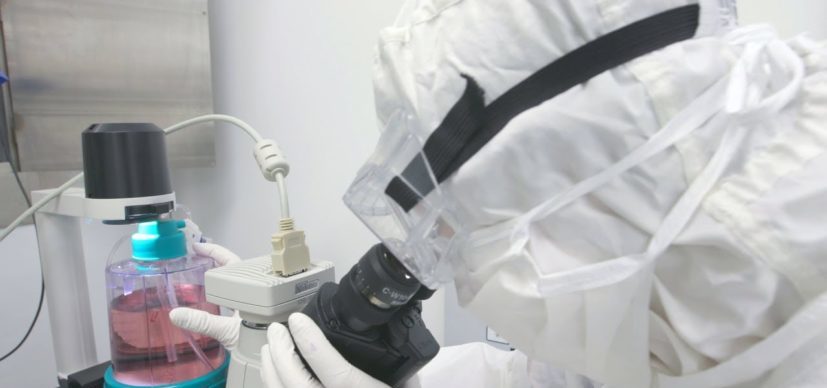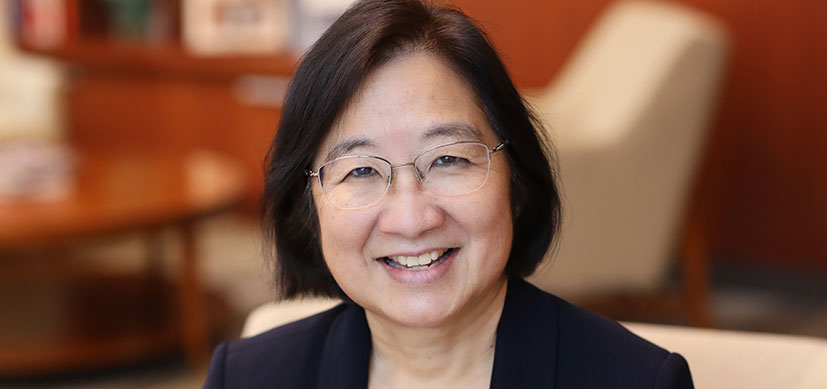Highlighting Heroes: Turnaround Enables COVID-19 Testing for Employees and Patients
Post Date: April 2, 2020 | Publish Date:

Cincinnati Children’s is known for its collaborative spirit and innovative approach to meeting challenges. With the advent of the novel coronavirus (COVID-19) outbreak, these traits have never been more evident.
Here’s just one example:
Two weeks ago, the nation was facing a shortage of viral transport media, which is used in COVID-19 testing. Nasal swabs taken from a patient are placed in a tube filled with the media, then sent to an outside lab to be tested. Without media to preserve the specimen, there can be no testing.
Kris Justus, PhD, vice president, Cincinnati Children’s Research Foundation, put a call out to Carolyn Lutzko, PhD, and her Cell Manipulation Lab, asking for help. Specifically, she asked, could we make our own media?
Lutzko’s response was, “We’ll figure out how.”
The Cell Manipulation Lab team consists of roughly 12 people who typically prepare patient cells for gene therapy or other specialized manipulations before transplantation. They have clean rooms located on the 11th floor of Location S that provide a sterile environment for their work.
“The team set about doing some research and put together a recipe of four to five components that get mixed, sterilized and transferred into tubes. Within two or three days of Kris’s request, we made our first batch,” said Lutzko.
That lightning-fast turnaround was a historic feat for the team. The usual time between a request and delivery ranges from weeks to a few months.
Said Lutzko, “We were able to do this so quickly because we had tremendous support from across the medical center— our whole Translational Core Lab team, ORCRA, Facilities, Research Purchasing, the Microbiology and Clinical Labs. We needed rapid delivery of materials. People were calling at midnight to get approvals. Everyone pulled together to make this happen.”
Much of the preparation and planning was done via Skype. Then the Cell Manipulation Lab staff separated into smaller teams to come in on assigned days to make the media.
Thanks to their efforts, Cincinnati Children’s was able to begin testing employees and patients the week of March 15.
“Everyone across the institution just stepped up,” said Lutzko. “They dropped everything to get this done without hesitation or concern. It’s so gratifying to see people contributing in whatever way they can, and all of it counts. It’s yet another reason why I’m proud to be part of Cincinnati Children’s.”








